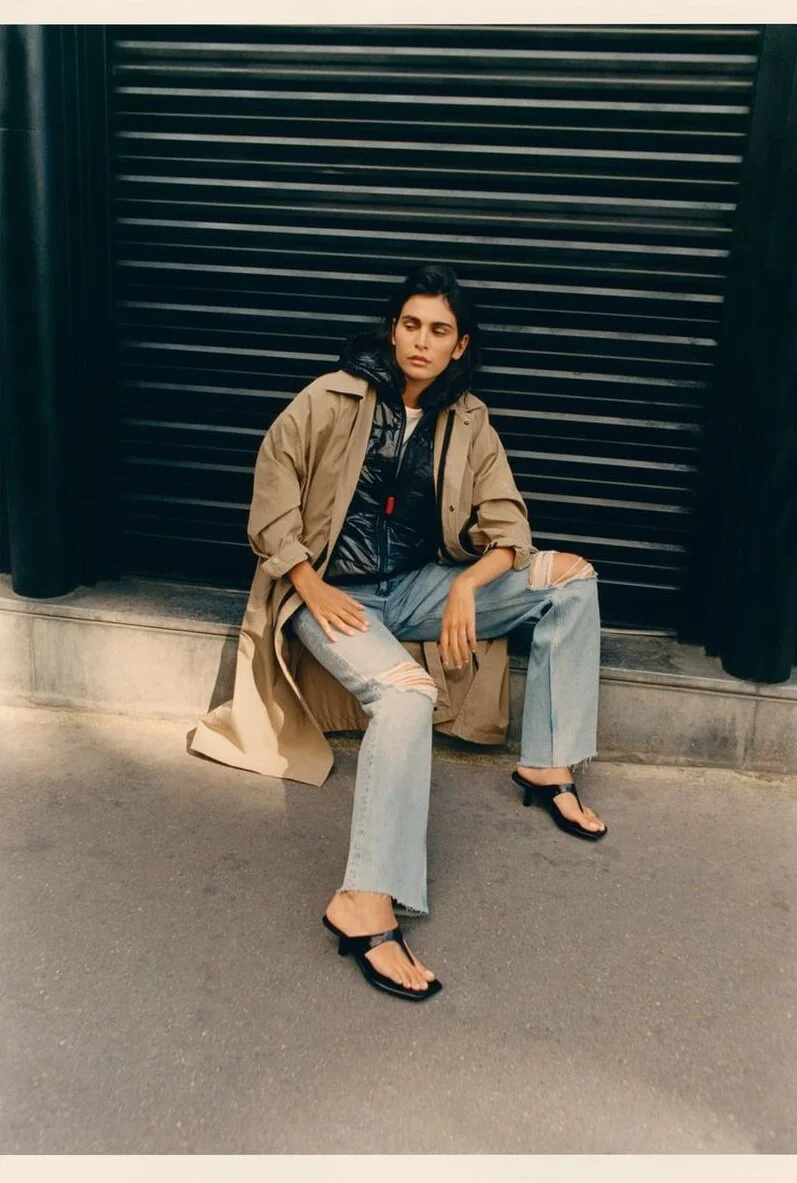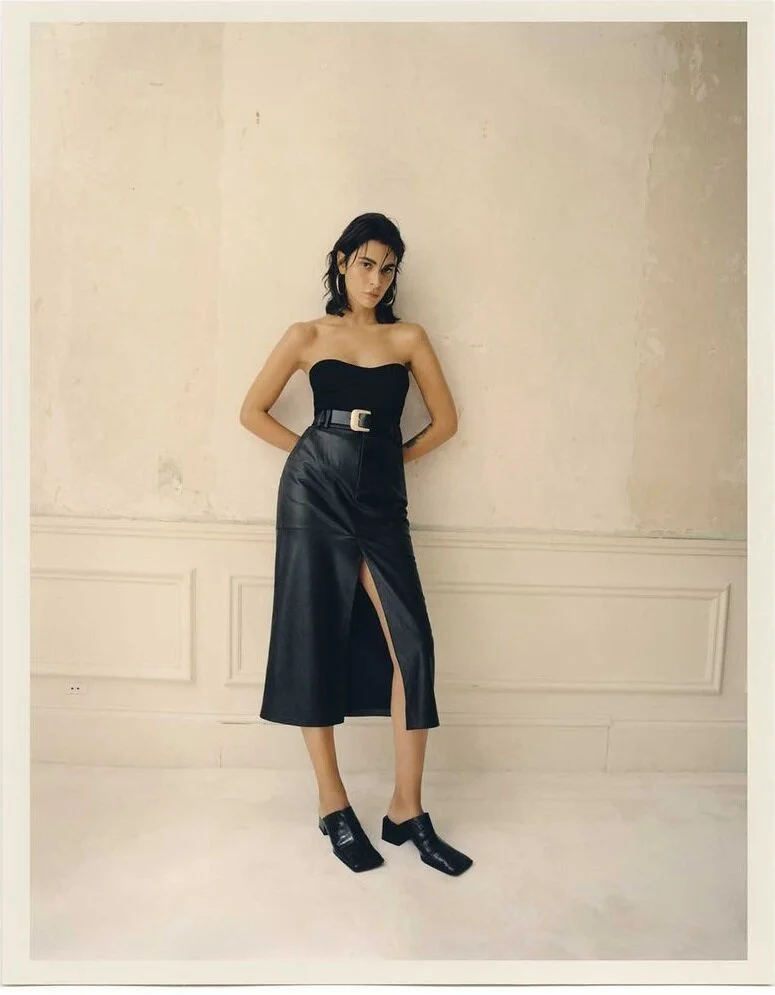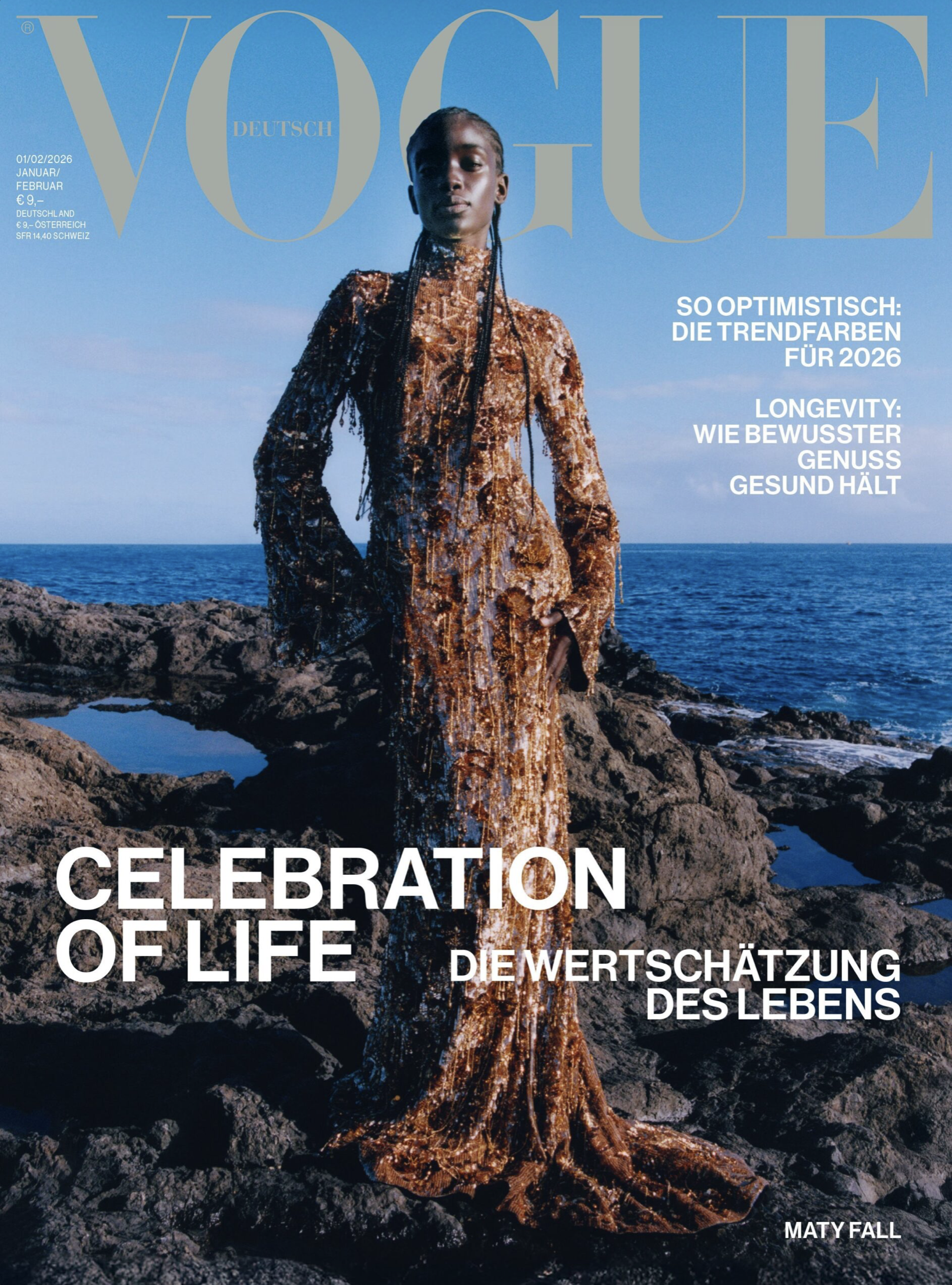Ayse Demirhan’s Style Essentials for Zara September 2020 | Fast Fashion Update
/Model Ayse Demirhan is the face of Zara’s new September 2020 collection, a collection of modern, fashionable essentials styled by Veronique Didry./ Makeup by Christelle Cocquet; hair by Damien Boissinot
Fast Fashion in a Post-COVID World
The world entered the COVID-19 crisis saying that we are increasingly conscious about supporting sustainable brands, BUT the numbers don’t add up. It’s a bit like suporting Donald Trump. You decry his white nationalist, race-baiting rhetoric and then vote for him anyway.
In February 2020, VICE took a pre-COVID look at the history of fast fashion in the UK, citing the incredible statistic that 10,000 items of clothing are sent to landfill every five minutes in the UK. AOC assumes that the pattern in the US is worse, both in terms of totals, given our population, and throwaways per person.
VICE interviewed Lauren Bravo, author of ‘How to Break Up With Fast Fashion: A guilt-free guide to changing the way you shop — for good.’ The book is available on Amazon Kindle for $7.99 and hardcover $19.99.
Bravo says that consumers treat fast fashion as “almost disposable”, akin to eating a chocolate var for a hit of feel-good endorphins. VICE backed up Bravo with their own VICE UK Snapchat followers confirming that 23 percent of the 9,549 respondents say they wear garments once before throwing them out.
Zara promised pre-COVID that all its cotton, linen and polyester will be organic, sustainable or recycled by 2025. Many environmentalists argue that this is not enough — that clothes must be built to last, and the very concept of throw-away clothes as mood-boosters must end.
In October 2019, Vogue Australia took a serious look at the fiber and fabric supply chain, asking ‘How sustainable is organic cotton, really?’ The article probes the complexity of even understanding what fabrics and fibers grown in which countries near what kind of water supply — forget pesticides — is the best route towards a more sustainable future.
In August, Zara changed the sustainability convo to its new Manhattan store, located in the Tishman building at 666 Fifth Avenue. “The 3000 square foot store spread over three floors with major window exposure on Fifth Avenue. consumes 30% less energy annually than the average for a conventional shop, uses 70% less water and prevents atmospheric emissions of more than 150 tonnes of CO2 per year,” writes Global Brands Magazine.
Understanding all the critical issues and best practices around sustainable fashion — especially in the world of Zara’s & H&M’s fast fashion — is becoming as complicated as Trump’s rhetoric on a COVID-19 vaccine.
The respected Deutsche Welle picked up the story in July 2020 with Can Fast Fashion Be Sustainable? shared on EcoWatch.
Going Green, or Just Greenwashing?
"Fashion brands are capitalizing on the fact that consumers are interested in buying fairly and ecologically produced items," said Katrin Wenz, an expert in agriculture at Friends of the Earth Germany (BUND). "Organic cotton is certainly a step in the right direction, because neither genetic modification nor synthetic pesticides can be used in its production. But these own-brand sustainability labels rarely tell us anything about what happens later on in the production chain."
Viola Wohlgemuth, a textiles expert at Greenpeace, says companies create their sustainability labels and criteria themselves. "Sustainability is not a protected or specific term, which leaves the door wide open for so-called greenwashing," she told DW.

















